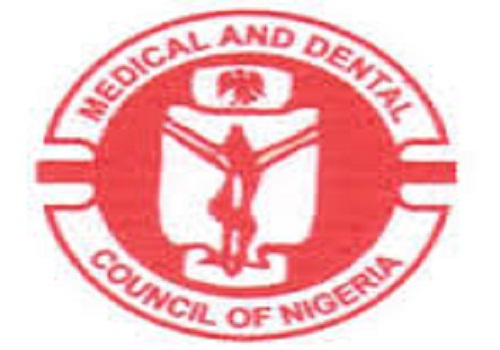As the world observes World Hepatitis Day, the World Health Organization (WHO) has issued a resounding call for accelerated action to eliminate viral hepatitis as a public health threat and reduce the growing burden of liver cancer. In a major development, WHO also announced the reclassification of hepatitis D as a human carcinogen, a move expected to galvanize global health responses and raise awareness around the virus.
“Every 30 seconds, someone dies from a hepatitis-related liver disease or liver cancer,” said WHO Director-General Dr. Tedros Adhanom Ghebreyesus. “Yet we have the tools to stop hepatitis.”
Viral hepatitis — types A, B, C, D, and E — continues to pose a serious global health challenge, with types B, C, and D accounting for the most severe chronic infections. These three types collectively affect over 300 million people and are responsible for more than 1.3 million deaths annually, largely due to complications such as liver cirrhosis and cancer. Alarmingly, most infected individuals remain unaware of their status, making detection and intervention all the more difficult.
Hepatitis D Declared Carcinogenic
In a landmark move, the International Agency for Research on Cancer (IARC) has officially classified hepatitis D as carcinogenic to humans — placing it in the same category as hepatitis B and C. Hepatitis D, a virus that only occurs in individuals already infected with hepatitis B, is now recognized as carrying a two- to six-fold higher risk of causing liver cancer compared to hepatitis B alone.
“This reclassification is a critical step toward improving awareness, increasing screening, and expanding access to life-saving treatments,” said Dr. Meg Doherty, incoming Director of Science for Health at WHO. She noted that WHO issued updated guidelines in 2024 for the testing and diagnosis of hepatitis B and D, and is currently monitoring the effectiveness of new treatment options for hepatitis D.
Treatment and Prevention Landscape
Hepatitis C is curable with oral medication within 2–3 months, while hepatitis B can be effectively managed with lifelong treatment. While therapeutic options for hepatitis D are still evolving, the full potential of treatment outcomes — including reductions in cirrhosis and liver cancer — hinges on the urgent scaling up of integrated hepatitis services.
Such services must include timely vaccination (particularly the hepatitis B birth dose), broad testing and diagnosis, harm reduction for high-risk populations, and universal access to treatment. Integration of these services into national health systems remains a cornerstone of WHO’s strategy.
Progress and Persistent Gaps
Recent data indicate positive strides, particularly among low- and middle-income countries. Between 2024 and 2025, the number of countries with national hepatitis action plans rose from 59 to 123. In the same period, countries adopting hepatitis B testing for pregnant women increased from 106 to 129, and those administering the hepatitis B birth dose grew from 138 to 147.
However, major challenges remain. According to the 2024 Global Hepatitis Report:
Only 13% of people with hepatitis B and 36% with hepatitis C were diagnosed by 2022.
Treatment coverage remains even lower — just 3% for hepatitis B and 20% for hepatitis C — far below the 2025 global targets of 60% diagnosed and 50% treated.
Integration of hepatitis services is inconsistent: only 80 countries have integrated them into primary healthcare, 128 into HIV programmes, and just 27 into harm reduction centres.
2030 Goals and Call to Action
WHO emphasizes that meeting its 2030 hepatitis elimination targets could save 2.8 million lives and prevent 9.8 million new infections. But with donor funding in decline, the organization is urging national governments to increase domestic investments, enhance health system integration, improve data systems, expand access to affordable medicines, and tackle stigma.
Global Partnerships and Advocacy
To mark World Hepatitis Day 2025, WHO has partnered with Rotary International and the World Hepatitis Alliance to launch a global advocacy campaign under the theme: “Hepatitis: Let’s break it down.” The campaign aims to dismantle barriers that hinder prevention, testing, and treatment — including funding shortfalls and societal stigma.
The collaboration will feature a joint webinar and a series of coordinated outreach activities, underscoring the critical role of civil society, communities, and governments in driving momentum toward hepatitis elimination.
As the world grapples with rising liver cancer rates linked to chronic hepatitis infections, WHO’s message is clear: the tools to defeat hepatitis exist — what’s needed now is the will to act.



